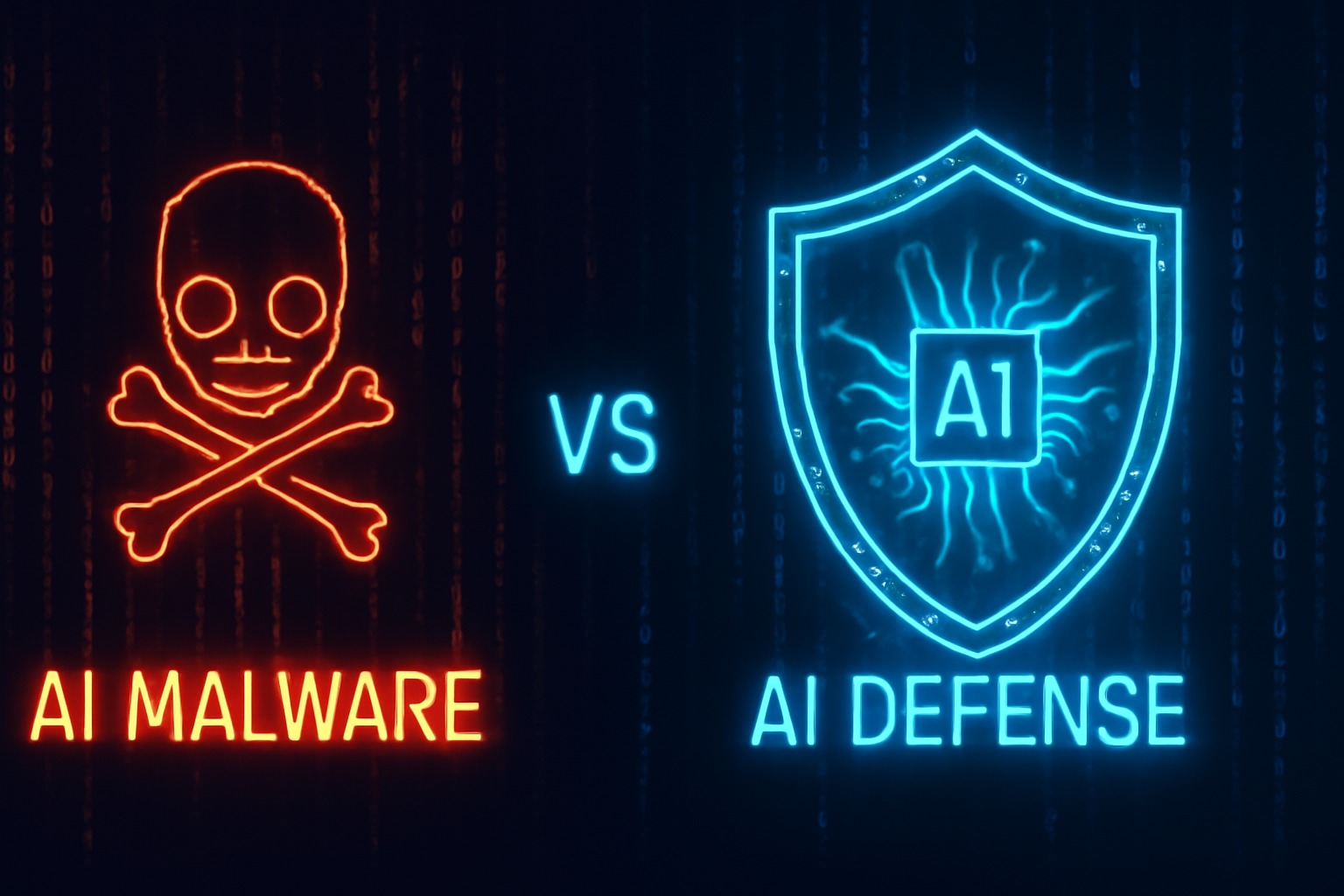AI-Powered Security: The First “Smart” Malware & the Rise of Defensive AI Tools
Introduction
AI-powered cyberattacks are no longer science fiction—they’re here. In 2025, headlines buzz about the world’s first “smart” malware, capable of learning user behaviors and evading traditional defenses. How can individuals and businesses protect themselves as attackers and security companies both supercharge their arsenals with AI? This post breaks down the latest threats and how cutting-edge AI tools are transforming digital security.
Table of Contents
-
What Is AI-Powered Malware?
-
Real Incidents: The First “Smart” Malware Attacks
-
How Defensive AI Is Responding
-
Pros, Cons & The Future of AI Cybersecurity
-
FAQ
-
Conclusion
-
Further Reading
What Is AI-Powered Malware?
AI-powered malware leverages machine learning to adapt, evade, and strike with precision. Unlike conventional viruses, these malicious programs can:
-
Learn from network traffic and user habits.
-
Change attack vectors automatically to bypass firewalls and antivirus.
-
Self-replicate with improved stealth after each failed attempt.
How Is It Different?
| Feature | Traditional Malware | AI-Powered Malware |
|---|---|---|
| Static attack patterns | Yes | No |
| Self-learning ability | No | Yes |
| Rapid adaptation | Rare | Core capability |
| Human-like decision making | No | Increasingly yes |
Real Incidents: The First “Smart” Malware Attacks
2025 saw public reports of a malware strain called “GhostWriter AI”. This attack used generative AI to modify phishing emails in real-time, mimicking users’ writing styles and slipping past multi-factor authentication prompts.
-
Incident 1: An Asian logistics company suffered a breach when GhostWriter embedded itself in email chains, changing its tone and technical details based on users’ replies—without triggering any alerts.
-
Incident 2: AI-driven ransomware in North America adjusted its ransom demands based on perceived company worth, accelerating negotiations through human-like dialogue bots.
Recent AI Malware Trends
-
Deepfake-based phishing attacks (voice, video).
-
Code injection that rewrites itself for each target.
-
Fileless attacks that operate only in system memory.
How Defensive AI Is Responding
Security firms are fighting fire with fire. AI tools now defend against threats by:
-
Behavioral Analytics: Machine learning monitors for unusual patterns, not just known signatures.
-
Automated Incident Response: AI systems isolate suspicious endpoints or network segments instantly.
-
Threat Intelligence Sharing: Cloud-based AI networks identify and share new threat indicators in real-time.
Leading tools in 2025 include Darktrace’s Cyber AI Analyst and Microsoft 365 Defender’s Copilot-powered features, which both automatically analyze threats and suggest containment actions.
Pros, Cons & The Future of AI Cybersecurity
Pros
-
Ultra-rapid detection and response to novel threats.
-
Predictive analytics to stop attacks before they execute.
-
24/7 monitoring, far beyond human attention spans.
Cons
-
Arms race: As defenses improve, so do attacks.
-
Potential for “false positives” disrupting work.
-
High cost and complexity for smaller firms.
Future Trends
-
Increased collaboration between AI systems across companies and borders.
-
More advanced social engineering by malicious AI.
-
Regulatory frameworks intended to govern AI use in cybersecurity.
FAQ
How does AI know if an action is a threat or normal user behavior?
AI systems train on massive datasets to establish “normal” patterns, then flag deviations as suspicious.
Can AI defenses fully replace human cybersecurity experts?
No, but they can handle repetitive tasks and highlight suspicious activities for human review.
What’s the best way for individuals to stay protected?
Use strong, unique passwords, enable multi-factor authentication, and update all devices regularly. AI can help, but human vigilance is irreplaceable.
Conclusion
The rise of AI-powered malware marks a turning point in cybersecurity. Staying ahead requires both AI-driven tools and user awareness. Now is the time to review your digital defenses and learn how automation can support, not supplant, good security habits.

